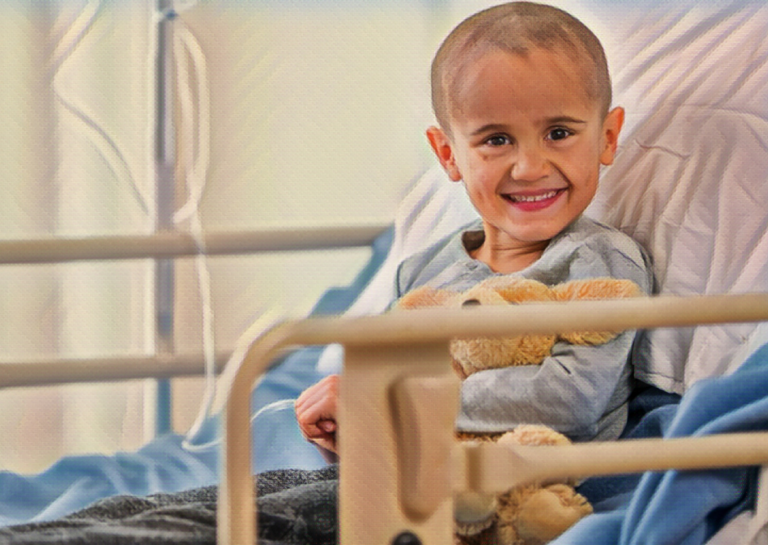Overview
Leukemia is a type of cancer that affects the blood and bone marrow, the spongy tissue inside bones where blood cells are made. Leukemia in children is a disease that starts in the cells that develop into white blood cells, which are an important part of the immune system. White blood cells help the body fight infections and other diseases. When a child has leukemia, the bone marrow makes too many white blood cells and not enough red blood cells and platelets. This can lead to a range of health problems and make it difficult for the child’s body to fight off infections.
Symptoms
The symptoms of leukemia in children can be difficult to spot at first, as they may be similar to the symptoms of other, less serious illnesses. Some common symptoms of leukemia in children include:
- Fatigue or weakness
- Pain or swelling in the bones or joints
- Anemia, or a low count of red blood cells
- Bruising easily or having frequent nosebleeds
- Rapid breathing or heart rate
- Loss of appetite
- Weight loss
- Lumps or swollen glands in the neck, underarm, stomach or groin
- Fever or infection that keeps coming back
- Pale skin
It’s important to remember that not all children with leukemia will have these symptoms, and some children may have symptoms that are not on this list. If you are concerned about your child’s health, it is always best to consult a doctor.
Causes
The exact cause of leukemia in children is not yet known, but there are several factors that may increase a child’s risk of developing the disease. These include:
- Exposure to high levels of radiation
- Having a sibling with leukemia
- Having certain genetic disorders, such as Down syndrome
- Having a family history of leukemia
It is important to note that having any of these risk factors does not guarantee that a child will develop leukemia. Many children who develop leukemia have no known risk factors.
Treatment
The treatment of leukemia in children can vary depending on the type of leukemia, the child’s age and overall health, and the stage of the disease. Some common treatments for leukemia in children include:
- Chemotherapy: This is a type of drug treatment that uses chemicals to kill leukemia cells. Chemotherapy is often given in several cycles, with periods of rest between each cycle to allow the child’s body to recover.
- Radiation therapy: This type of treatment uses high-energy rays to kill leukemia cells. Radiation therapy may be used in combination with chemotherapy.
- Stem cell transplant: In some cases, a stem cell transplant may be used to replace the child’s bone marrow with healthy cells. This can be a cure for some children with leukemia.
- Targeted therapy: This type of treatment uses drugs that target specific genes or proteins in leukemia cells to slow down or stop their growth.
It is important to work with a doctor to determine the best treatment plan for your child.
Prevention
Currently, there is no known way to prevent leukemia in children. However, there are steps that can be taken to reduce a child’s risk of developing the disease, including:
- Avoiding exposure to high levels of radiation
- Maintaining a healthy lifestyle, including a balanced diet and regular physical activity
- Getting regular check-ups and screenings to detect any health problems early on
Citations
- American Cancer Society. (2022). Childhood Leukemia. Retrieved from https://www.cancer.org/cancer/childhood
